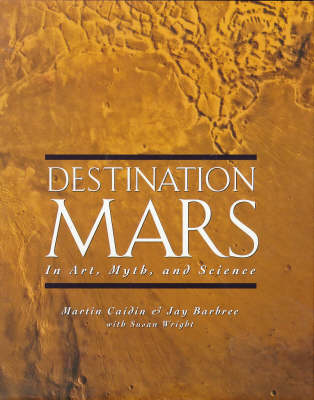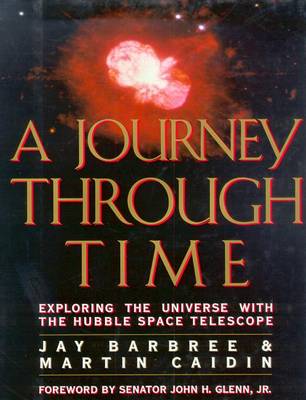Penguin Studio Books
2 total works
In the summer of 1996, the question of life beyond the reaches of Earth was suddenly cast into a new dimension by the report of fossilized organic structures found in a Martian meteor. Later that summer and fall, as NASA launched the Mars Pathfinder and Surveyor missions, mankind's interest had once again fixed itself on the Red Planet. Named for the Roman god of war, Mars has beguiled earthlings since time immemorial with ominous red hue and its peculiar motion across the night sky. It has been noted in the records of Babylonian, Chinese, and Mayan stargazers, and it has figured prominently in ancient mythology. With the invention of the telescope by galileo, the science of astronomy developed. As knowledge of the planet grew, Mars appeared to bear a strange kinship to Earth. Early on, Mars was seen to have a twenty-four-hour day and the appearance of atmosphere, and it was speculated that it harboured intelligent life. Later it was observed to have two moons, a polar cap, and a curious array of features - the notorious 'canali', described by Giovanni Schiaparelli in 1877.
Over the centuries the planet Mars lodged itself in the human imagination as a locus of hope, fascination, and fear. H.G. Wells's novel "War of the Worlds" 91898) played on those fears and ushered in the golden age of science fiction. The novel was dramatized with stunning consequences by Orson Welles in 1937, and Mars became the preeminent destination of science fiction writers and movie makers, with the planet figuring in many masterpieces of the genre, including "Strange in a strange land" and "The Martian chronicles", and the works of Philip K. Dick. "Destination Mars" examines how earthlings have perceived the planet throughout human history - in mythology, religion, astrology, folklore, early scientific history, science fiction and the modern era of scientific discovery and space travel. Special attention is given to NASA's exploration of Ma Mariner and Viking missions of the 1960s and 1970s, as well as NASA's two missions currently on their way to Mars and due to arrive in July and September of 1997. Profusely illustrated, this is a stunning portrait of a planet that has proven to be enduring fascination.
Over the centuries the planet Mars lodged itself in the human imagination as a locus of hope, fascination, and fear. H.G. Wells's novel "War of the Worlds" 91898) played on those fears and ushered in the golden age of science fiction. The novel was dramatized with stunning consequences by Orson Welles in 1937, and Mars became the preeminent destination of science fiction writers and movie makers, with the planet figuring in many masterpieces of the genre, including "Strange in a strange land" and "The Martian chronicles", and the works of Philip K. Dick. "Destination Mars" examines how earthlings have perceived the planet throughout human history - in mythology, religion, astrology, folklore, early scientific history, science fiction and the modern era of scientific discovery and space travel. Special attention is given to NASA's exploration of Ma Mariner and Viking missions of the 1960s and 1970s, as well as NASA's two missions currently on their way to Mars and due to arrive in July and September of 1997. Profusely illustrated, this is a stunning portrait of a planet that has proven to be enduring fascination.
With a resolution more than ten times sharper than any telescope on Earth, the Hubble Space Telescope has seen more than 72 sextillion miles into the universe into events that took place more than 12 billion years ago. This spectacular collection of more than 200 color photos taken through Hubble presents a stupendous view of the universe.

